Overview
Searching for a peaceful yet adventurous long weekend trip destination in Uttarakhand with friends or family? Welcome to Harsil Valley, the ‘Mini Switzerland of Uttarakhand.’ This beautiful valley is located on the banks of the Bhagirathi River and hosts a cluster of 8 small villages: Sukkhi, Jhala, Jaspur, Purali, Harsil, Bagori, Mukhawa, and Dharali. These hilly villages represent a blend of Hindu and Buddhist cultures amidst the scenic backdrop of the Garhwal Himalayas in Uttarkashi district.
Harsil Village is the main highlight of the Valley. Located at a height of 2,625 m, Harsil lies on the bank of the Bhagirathi River, just 26 km from the Gangotri Dham. This beautiful village features dense forests of Deodar and Oak with towering peaks of Bandarpunch Range, Mt. Srikanth, and Horns of Harsil. Harsil serves as an Army base camp, accessible only to Indian nationals and requires a permit to enter the valley.
Harsil Valley is a birdwatcher’s paradise where you can spot Himalayan Monal deep into the woods. It offers eco-tourism trekking activities in Harsil Sattal, Lama Top, and Gartang Gali. The Harsil Valley Trip includes sightseeing in Bagori, Mukhba, and Dharali villages, for you to experience the beauty of Garhwali and Bhotiya culture. The best time to plan your trip to Harsil Valley is between late March to June and September to late December. Each month offers distinct scenery. Harsil is a must-visit in both Summer and Winter if you want to experience its true beauty. Given below, is a detailed seasonal itinerary, trip inclusions, what to pack, and interesting facts about the Harsil Valley.
Harsil Valley Trip Winter Itinerary
Winter in Harsil Valley starts from November to February. It experiences heavy snowfall from Late December, making the weather unfavorable for traveling. The temperature drops down to 10℃ during the day and -12℃ at night. If you want to experience the snow-covered valley, plan your trip between November to December and in Late February. Let us discuss a 4-day winter itinerary for Harsil Valley in detail:
Drive Distance: 221 km
Drive Time: 8-9 hrs
Altitude: 2,620 m
Today’s Difficulty: Easy
Highlights: A beautiful drive via Dehradun, Moriana Top, Uttarkashi, Sukhi, Jhala and Purali
- Our journey to Harsil Valley starts early in the morning with a scenic drive from Dehradun (216 km).
- The drive to Harsil Village will take about 8-10 hours. It may take longer if there is snowfall.
- During winter, you may find black ice on the road, so take extra care while driving as the chances of skidding or slipping increase.
- On our way, we will pass the beautiful villages of the valley: Sukkhi, Jaspur, Jhala, and Purali.
- The route also passes through Maneri Dam (Khedi Waterfall) about 63 km before Harsil.
- We will arrive at Harsil in the evening. Here, we will check into our hotel or homestay and explore the nearby market before retiring for the night.

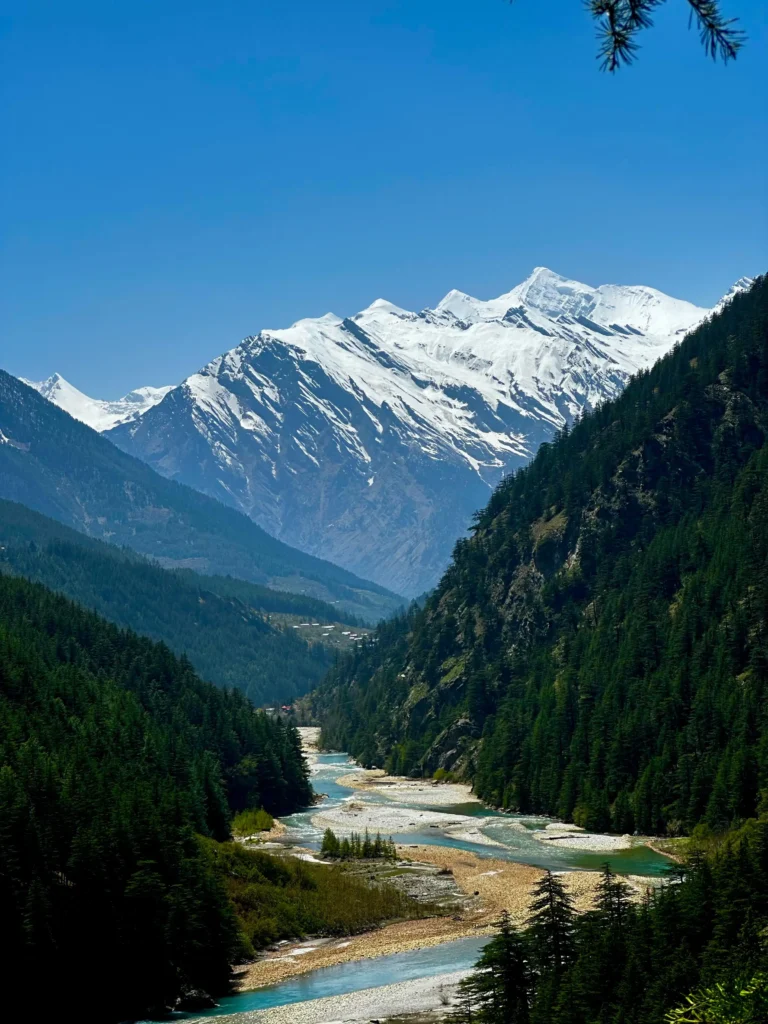
- Start your day early with a delicious Garhwali breakfast.
- Today, we will explore three beautiful villages of the Harsil Valley–Bagori (850 m), Mukhawa (6.4 km), and Dharali (7 km). These three villages are connected via a motorable road and you can also hike from Harsil to explore them.
- First, we will arrive at Bagori Village after crossing 3-4 bridges. This village turns into a ghost village during the winter as the Jadh Bhotiya locals move down to Dunda Village at this time. Here, you will find a mix of Hindu and Buddhist cultures with temples and monasteries existing side by side.
- Mukhawa or Mukhba Village, famous for Mukhimath Temple–the winter abode of Maa Ganga, is located 5.5 km from Bagori. During this season, you will find Maa Ganga’s idol at Mukhi Math. You can also visit the Someshwar and Narsingh Temple placed adjacent to the main temple.
- If time allows, explore the Bhimganga waterfall (200-300 m from Mukhimath) and attend the Ganga Arti in the evening. The sacred beauty of this village and the views of sunrays falling on the Gangotri range and Mt Srikanth will leave you speechless.
- About 650 m from Mukhba, we will arrive at Dharali, another rustic village in the Harsil valley. In winter, Dharali becomes deserted and you may spot a few farmers pruning the apple trees.
- 50-60 km from the main road, you will arrive at the 17th-century temple of Kalp Kedar. Dedicated to lord Shiva, more than half of this temple is submerged in water. Offer your prayers here and explore the wooden houses of the Village.
- There are many stay options at Dharali. You can spend the night here or head back to Harsil for an overnight stay.

Sattal Trek Distance: 5 km
Trek Time: 2-3 hours
Sattal Altitude: 3,000 m/ 9,843 ft
- Start your day early after breakfast to explore the seven lakes of Harsil Valley.
- The Harsil Sattal hike starts from Dharali and takes about 4-5 hrs (round trip) to complete. During winter, a few lakes become frozen or dried up. You will also find snow on its rugged trail, so be careful while hiking. The seven lakes (Sapt tal or Sattal) of Harsil are–Mirdunga Tal, Chadgiya Tal, Dawariya Tal, Bamniya Tal, Rikh Tal, Ghandoliya Tal, and Sankhghata Tal (bottom to top).
- At the top of Sattal Harsil, catch the beautiful views of snow-covered Kalanag or Black Peak of Bandarpunch Range and Swargarohini Peak. Relax on the lush meadows before descending back to the village.
- Next, we will drive to Bhaironghati from Dharali Village (12.7 km). You will find cotton-like snow on both sides of the road. Stop at Lanka Bridge, Uttarakhand’s highest motorable bridge (28,800 m) which connects Lanka with Bhaironghati. Here, catch the stunning views of the Nelong Valley with the Jadh Ganga River twisting and turning amidst the towering mountains.
- Drive further to Bhainronghati to visit the Bhairav Nath Temple and the converging point of the Jadh Ganga and Bhagirathi Rivers.
- Head back to Harsil for dinner and an overnight stay.
Drive Distance: 223 km; 8-9 hours
- Check-out from your accommodation after an early breakfast.
- Drive back to Dehradun and enjoy the views of the snow-covered deep valley on your way.
- You can also visit the Pilot Baba Ashram near Dehradun on your way back.
- We will conclude our Harsil Valley Trip here.
Harsil Valley Trip Summer and Autumn Itinerary
Visiting the Harsil Valley in summer & autumn is mostly loved timeframe of the year. The spring, summer, and autumn seasons give you pleasant weather and vibrant landscapes of the Harsil Valley. The average temperature during these seasons ranges from 18℃ to 23℃ during the day and 10℃ to -1℃ at night. The Gangotri Dham opens for pilgrims from mid-May and the Gartang Gali also opens for visitors from April. Let us discuss the 4-day summer itinerary for the Harsil Valley trip in detail:
Drive Distance: 221 km
Drive Time: 8-9 hrs
Altitude: 2,620 m/ 7,860 ft
Today’s Difficulty: Easy
Highlights: A beautiful drive via Dehradun, Moriana Top, Uttarkashi, Sukhi, Jhala and Purali
- Start early from Dehradun to reach Harsil by 3-4 pm.
- Take pit stops on your way to visit Maneri Dam and Gangnani hot water springs.
- At Harsil, check in to your accommodation and freshen up.
- Explore Harsil and its colourful market. During summer and autumn, the village becomes lively with tourists. Here, you will find houses featuring yellow walls with huge paintings of Yaks, Bharal, Raj Kapoor (actor), and Harsil’s famous apples.
- Visit Laxmi Narayan Temple, dedicated to Lord Vishnu. Witness the beauty of Jalandhari merging with the Bhagirathi River and unwind in the lap of nature.
- Head back to your hotel to have dinner and rest for the night.


Gartang Hike Distance: 5 km
Hike Time: 2-3 hours
Altitude: 2,950 m
- After enjoying a hearty breakfast at Harsil, we will leave early to attempt the Gartang Gali Hike.
- Drive towards Lanka Bridge (16 km from Harsil) and visit Mandakini Waterfall on your way. Upon reaching you will find a big gate towards the right that marks the starting point of Gartang Gali.
- Gartang Gali is a suspended wooden bridge that hangs over the Jadh Ganga River meandering through Nelong Valley. This easy hike takes you through a historical Indo-Tibetan trade route via dense forest trails and a 136m-long rustic staircase. The total distance of the Gartang Gali hike is about 5 km to and fro, taking about 3-4 hrs to complete.
- Next, we will drive towards Gangotri Dham (10 km from Lanka Bridge).
- After having your lunch, offer your prayers at the Gangotri Temple and seek the blessings of Maa Ganga. If time permits, visit Surya Kund where Bhagirathi River falls from a height of about 100 ft. You can also visit GauriKund after crossing a small bridge. Explore the Gangotri town and attend the Maa Ganga aarti in the evening.
- From Gangotri, we will drive back to our hotel in Harsil for an overnight stay.

- Start your day early after breakfast at Harsil and hike to Bagori Village.
- Today, you will hike to Lama Top, the highest point in Harsil Valley, located at an elevation of 3,000 m. This short hike covers a distance of about 5 km to and fro with gradual ascents and a few steep trail sections. Enjoy the dense coniferous forests throughout the trail. The route to the top is marked with colourful Tibetan flags to help you stay on track.
- At Lama Top, catch the breathtaking views of the entire Harsil Valley below. You can spot the famous twin peaks known as Horns of Harsil.
- Descend back to Bagori to enjoy a delicious Rajma Rice lunch in the village. Explore the temples and Buddhist monasteries along with beautiful wooden houses at Bagori. Visit Lal Devta Temple, Ringali Devi Temple, Buddha Temple, and Shiva Temple. Interact with the Jadh Bhotiya locals and you can also buy their handcrafted woollen Pankhi shawls and sweaters.
- Return to your stay at Harsil for dinner and spend the night.
Drive Distance: 223 km
- Leave for Dehradun early in the morning after your breakfast.
- Enjoy the viewpoints of Harsil Valley on your way back. Visit Pilot Baba Ashram near Dehradun, if time permits.
- This marks the end of your Harsil Valley trip.
Harsil Valley Tour Package
Price Inclusion
Accommodation: 3-night hotel/camp stay at Harsil on a triple sharing basis.
Transportation: Traveller/ cab from Dehradun to Harsil and back is covered.
Meals: 3 Breakfasts and 3 Dinners
Permits: All the required toll charges, forest entry permits, Gangotri Dham registration fees, and other tickets for Indian nationals are covered.
Sightseeing as per the itinerary.
A local guide or a trip coordinator
First Aid Kit
Price Exclusion
5% GST is excluded.
Extra snacks, lunches and beverages during the hikes are not included.
Any entry ticket for sightseeing which is not mentioned in the inclusions.
Cost of emergency evacuation in case of bad weather, landslides, flooding, etc.
Hotel services like laundry, water bottles or other drinks, tips, snacks, etc., and charges for early check-in are not covered.
Travel insurance and railway/air ticket fare
Charges for adventure activities like rafting, skiing, boating, etc. are excluded.
Note: Check the booking procedure here, including details on booking deposits, payment terms, and the cancellation policy.
Cultural and Historical Info
Located near the Sino-Indian border, Harsil’s history is rooted in Tibetan culture. It was a part of the Kingdom of Garhwal till the 19th century. Frederick Wilson, an Englishman popularly known as ‘Pahari Wilson,’ introduced apple and rajma cultivation in Harsil. He married two local women from Mukhba village. At Mukhba, you can still visit the remnants of wooden houses made from huge logs of Deodar, built by Wilson for his wives.
The Story Behind the Name Of Harsil
The name Harsil is a combination of two words: ‘Har’ means ‘Hari or Lord Vishnu’ and ‘Sil’ means ‘Sila or Rock.’ It is said that the two rivers flowing in the village, Jalandhari and Bhagirathi, once fought over their power. To solve the dispute between the two, Lord Vishnu took the form of a ‘shila’ or rock. He absorbed the anger of both these rivers and allowed them to strike him with their turbulent flow. This caused the two rivers to merge, naming the place as ‘Hari Prayag.’
Hari Prayag marks the confluence of the Jalandhari River and the Bhagirathi River. You can visit the Laxmi Narayan Temple dedicated to Goddess Laxmi and Lord Vishnu in Harsil near Hari Prayag.
Jadh Bhotiya Locals
Another attraction of this valley is the beautiful culture of Jadh Bhotiyas. After the Indo-China war of 1962, this native community of Nelong Valley settled in the Bagori Village. They speak the Bhoti tongue which is very similar to the Tibetan language. In Bagori, their intricately carved wooden houses with colourful rooftops add beauty to this small hamlet. They sell woollen goods like Dumka and Pankhi shawls, rear sheep, and cultivate Rajma in the village. During winters they migrate to Dunda village.
Festivals
The festivals in Harsil Valley represent the vibrant culture of the inhabitants of its villages. These festivals are:
- Holi and Diwali
- Harsil Apple Festival
- Losar Festival (Tibetan New Year celebrated in Phalgun)
- Ganga Dussehra
- Maha Shivratri
Harsil Valley Tour Map
Flora and Fauna
Flora
Harsil is famous for its rich variety of Apples which include species like Golden Delicious, Royal Delicious, and Red Delicious Apples. The beautiful forests of the Valley hosts several species of flora like:
- Trees: Deodar, Oak, Sal, Himalayan Birch or Bhojapatra, Chir, Pine, and Spruce.
- Flowers: Rhododendrons, Roses, Orchids, Carnations, Junipers, Wild Flowers, Anaphalis, Rattlepods, Knotweeds, and Nepeta
Fauna
Due to its proximity to the Gangotri National Park, Harsil Valley is a biodiversity hotspot with many rare species of animals, birds, and butterflies:
- Animals: Leopard, Himalayan Tahr, Musk Deer, Brown Bear, Himalayan Blue Sheep, Yellow-throated Marten, Red Fox, Himalayan Black Bear, Common Langur, Serow, Himalayan Griffon, Lammergeier, and Himalayan Palm Civet
- Birds: Koklass Pheasant, Kalij Pheasant, Himalayan Monal, Hariyal, Fakhta, Maleo, Parakeet, Sunbird, Robin, and Magpie
- Butterflies: Rajah Brooke’s Birdwing and Indian Fritillary are the notable species.
Tour Essentials
- Day backpack (20-30 ltrs) with rain cover and ergonomic design.
- A 1 ltr refillable water bottle to store warm/cold water (Milton or Borosil)
- Personal medicines and toiletries.
- ID proof and other documents.
- Mobile charger and power bank.
- Extra plastic bags to store your wet clothes.
- Energy bars, ORS, and other snacks.
- Suncap
- U/V-protected sunglasses or photochromic spectacles.
- Woollen cap or ear muffs.
- Water-resistant and insulated hand gloves.
- 3-5 pairs of Cotton socks, hiking socks, and woollen socks
- Body Warmers or Heat Pouches
- For winters, carry full sleeves heavy thermals, padded/hollofil windproof jacket, and fleece inners.
- For summer and autumn, carry full-sleeve light thermals, moisture-wicking quick-dry tees, and a down jacket.
- Hiking pants or leggings.
- Waterproof Poncho
- Woollen jacket or pullover
- 1 Hiking Shoes
- 1 Pair of Floaters
- Hand Sanitizer and Sunscreen Lotion
- Toothbrush and Toothpaste
- Toilet Paper
- Quick Dry Towel
- Lip Balm and Antibacterial Powder
- Moisturizer
- Aadhaar Card, Pan, or Passport for Applying Permit
- Medical Certificate
- Self-Declaration Form
- Sleeping Bag
- Common Tent
- Mattress
- Dining Tent
- Camping Stool
- Walkie Talkie (For Team)
- Utensils
Weather & Temperature
Nearby Attractions
- Sukkhi Top
- Lama Top
- Harsil Sattal
- Gangotri
- Gartang Gali
- Nelong Valley
- Kyarkoti Trek
- Awana Bugyal Trek
- Gaumukh Yatra
- Dayara Bugyal
- Raithal
- Lamkhanga Pass

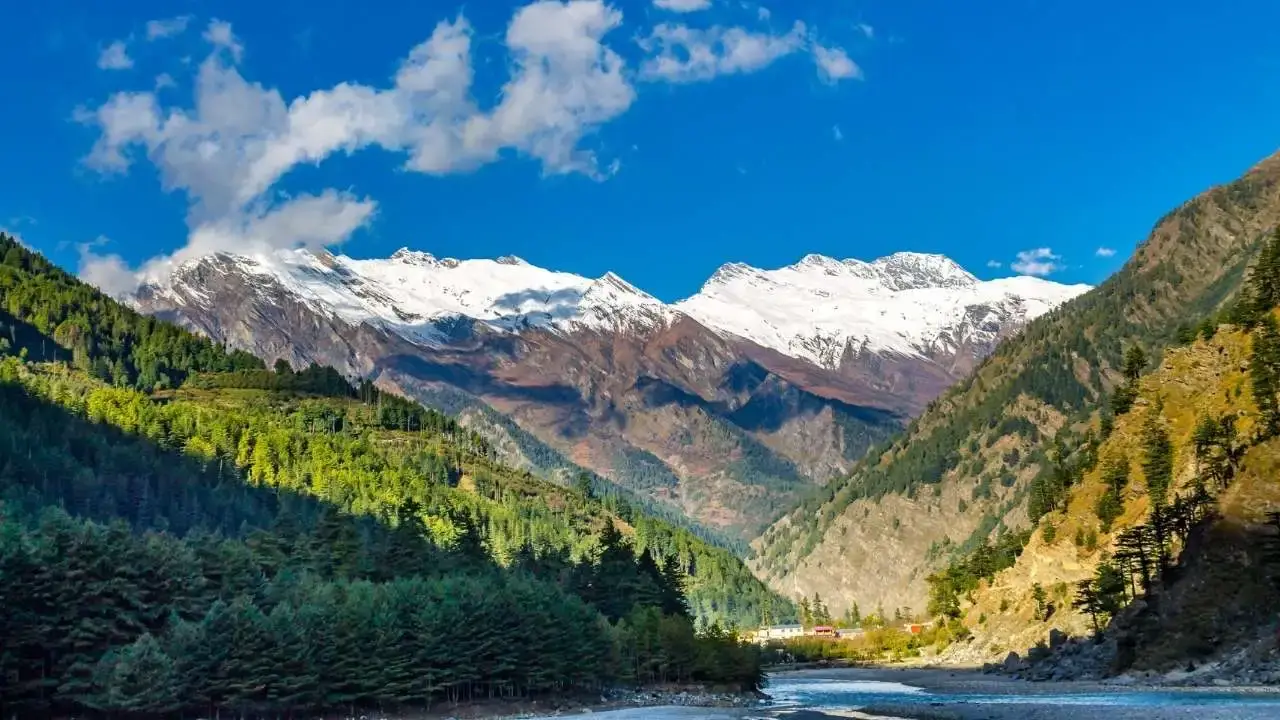







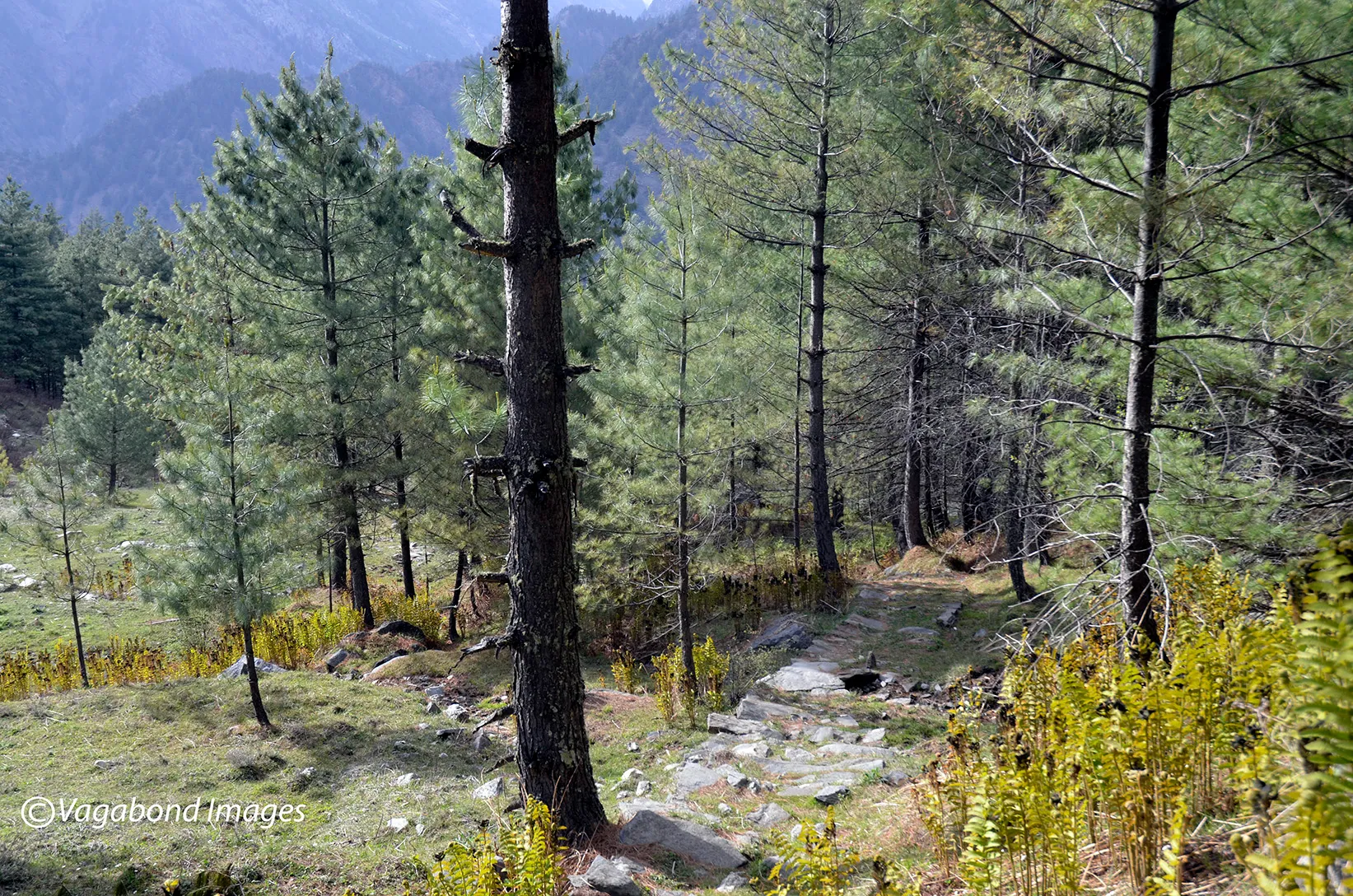
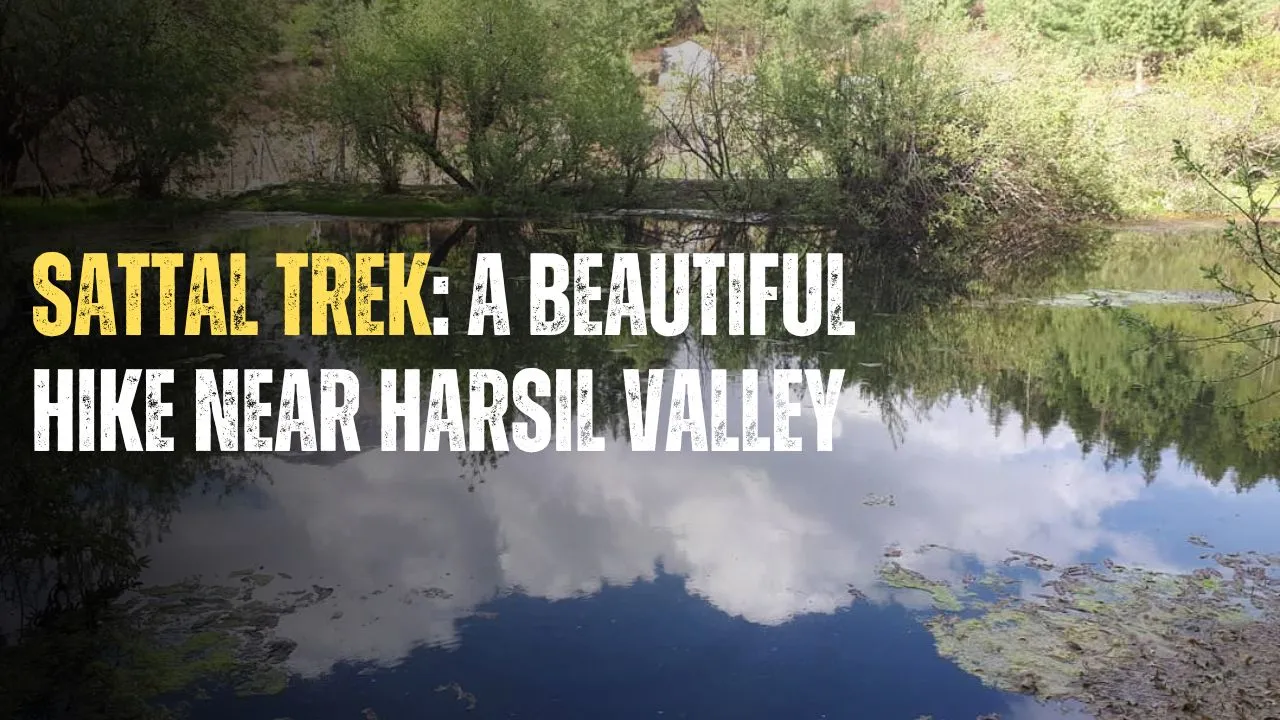
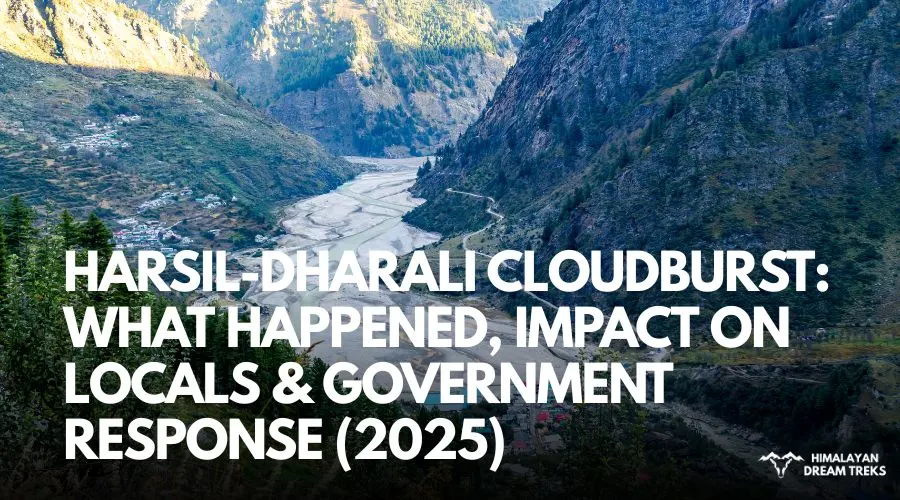



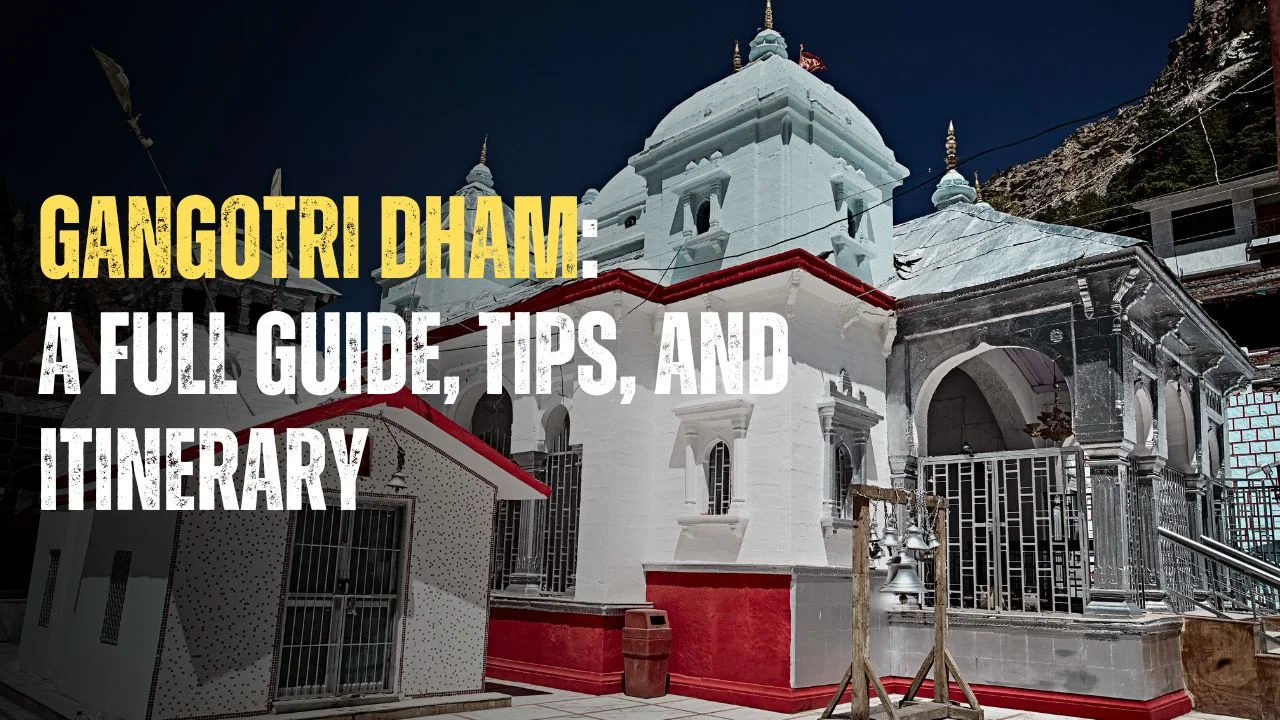
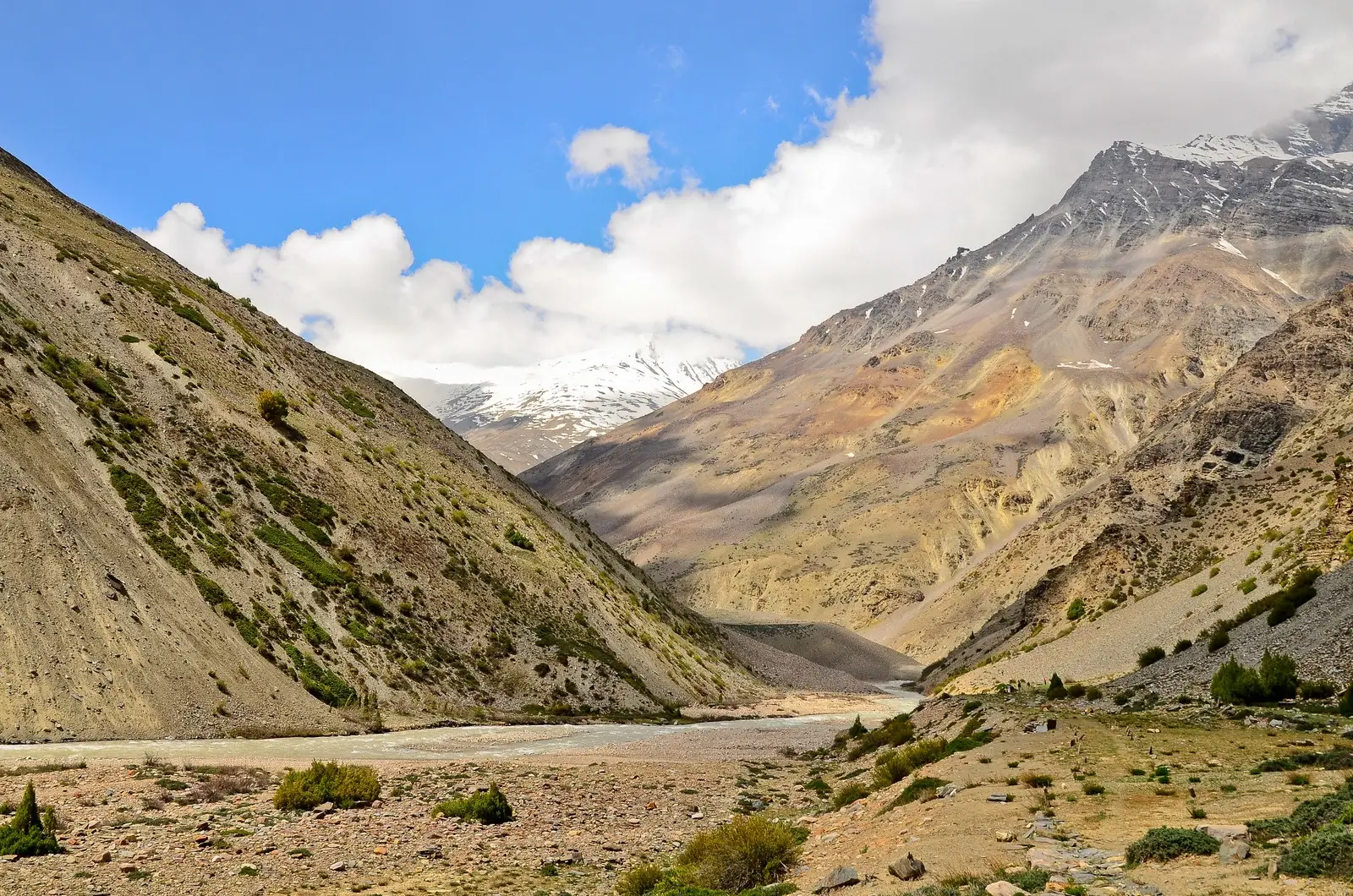
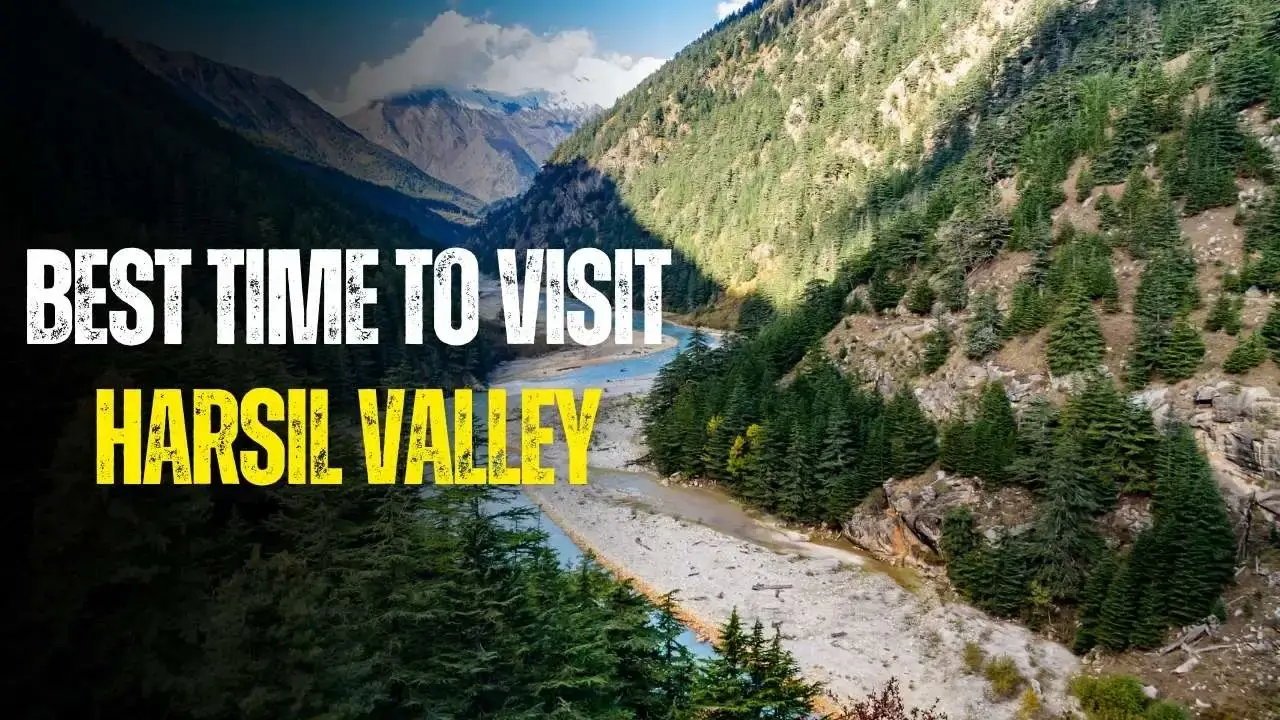
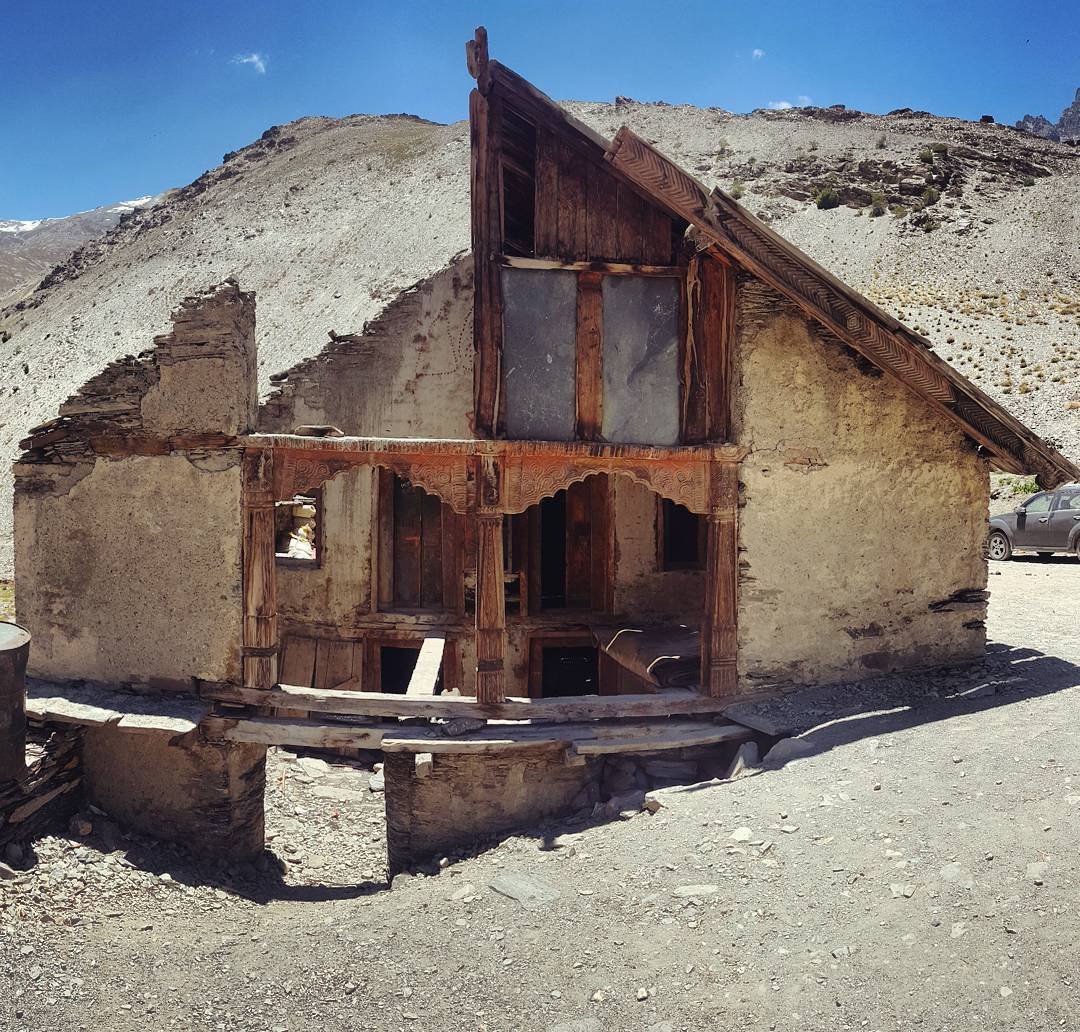
Leave a Comment